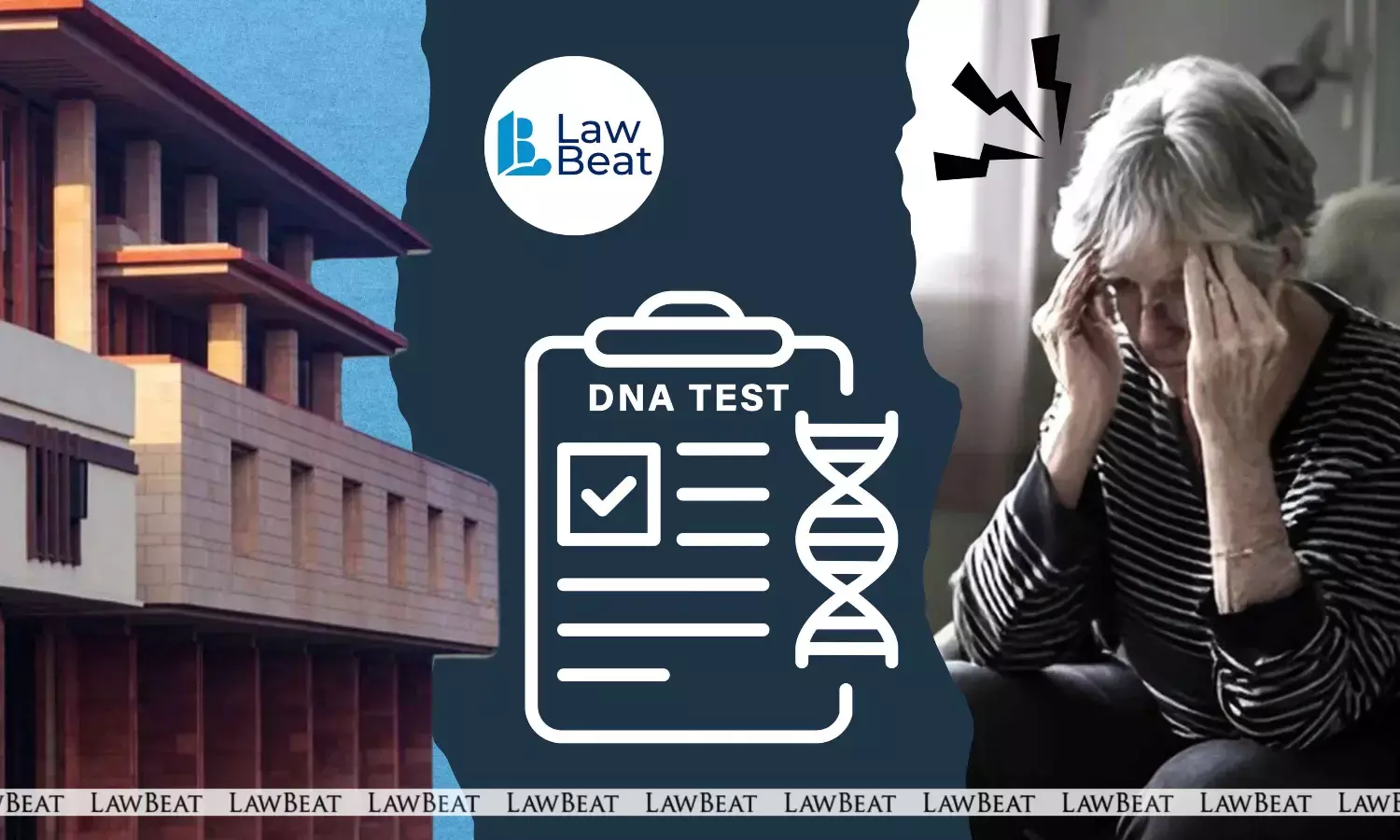DNA Report Valid Without Electropherogram Chart: Delhi HC Upholds Conviction of 24-Year-Old for Raping 60-Year-Old Woman

While upholding the conviction of a 24-year-old man for raping a 60-year-old woman, the Delhi High Court has held that the DNA report alone is enough for conviction, and the absence of the electropherogram does not reduce the evidentiary value of the report.
A bench led by Justice Sanjeev Narula rejected the appellant's argument that the DNA evidence was unreliable because the electropherogram was not produced.
The court ruled," ......No material was placed on record to suggest that the absence of the electropherogram rendered the DNA analysis unreliable or incomplete. In the absence of any substantive cross-examination or expert rebuttal, this Court finds no reason to doubt the integrity of the DNA evidence, which provides compelling scientific corroboration of the Prosecutrix’s testimony..".
The single-judge bench was hearing an appeal filed by the appellant challenging the judgment of the trial court that had convicted him under Section 376 of the IPC for raping a 60-year-old woman and had also sentenced him to 12 years of rigorous imprisonment.
According to the prosecution, the incident occurred at around midnight, the prosecutrix was sleeping alone in her jhuggi, as her son had gone to Jaipur to visit his sister. While she was asleep, the convict entered her jhuggi, covered her mouth with his hand, removed her salwar, and despite her resistance, raped her. The next morning, the woman went to her son-in-law’s house and narrated her ordeal, following which the FIR in the present case was registered.
It is the prosecution’s case that it does not solely rely on the statement of the prosecutrix and that her testimony has been duly corroborated by scientific and medical evidence, including the DNA report.
The prosecution further submitted that the trial court’s judgment was cogent and consistent. It went on to contend that the absence of the electropherogram, by itself, does not reduce the probative value of the DNA profile.
With regard to the absence of independent public witnesses, it was contended that the nature of the crime and the location—a private and secluded area—explained the lack of eyewitnesses. In such circumstances, it would be misplaced to expect the presence of independent public witnesses.
Opposing these contentions, the appellant argued that the prosecutrix’s version of events was filled with contradictions. He claimed that she had failed to prove her case beyond a reasonable doubt.
He alleged that her case was purely based on her own testimony, which, according to him, was marred by serious inconsistencies. While raising questions about the scientific evidence, the appellant pointed out that the DNA report had been admitted without the electropherogram and also highlighted the absence of any independent witnesses.
Weighing the arguments presented by both sides, the court at the outset said," Allegations of rape often unfold in the shadows of silence, without account of eyewitnesses or unimpeachable material proof. The law, however, does not falter for lack of spectacle, it demands a careful calibration of credibility, consistency, and the totality of circumstance."
Observing certain discrepancies in the statements of the prosecutrix, the court maintained that they were minor and did not, in any way, undermine her case. Such variations, the court pointed out, are common in the recounting of traumatic experiences and by no means weaken the core of the prosecution’s case.
While rejecting the appellant’s argument that the DNA report lost its value without the electropherogram, the court asserted the DNA profile derived from the appellant matched with samples taken from the prosecutrix and the scene of the crime.
Furthermore, the court added that the expert provided an allelic data report, a summary interpretation of the electropherogram which is designed to be readable and usable in court. Therefore, the court ruled that the absence of the electropherogram chart did not diminish the evidentiary strength of the DNA findings.
Accordingly, the court upheld the conviction and sentence by the Trial Court and dismissed the appeals both on merits and sentence.
Case Title: SANJAY @ SANJU versus STATE
